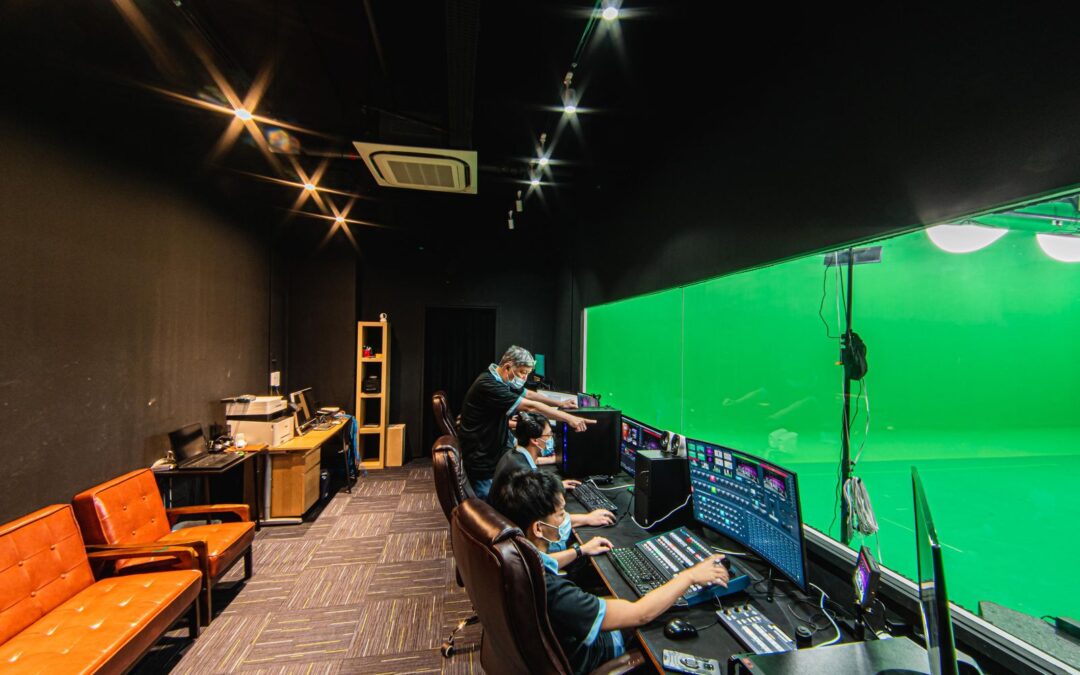When it comes to making professional videos, a green screen can be a great investment. However, there are some things you need to look for before purchasing one.
In this blog post, we will cover the different factors you need to consider when buying a green screen. By understanding these factors, you can ensure that you are getting the best product for your needs. So, without further ado, let’s get started!
The factors listed below will help you choose the model that best suits your preferences and projects.
1. Size is important, both in terms of the job you want to complete and the amount of space you have available. Most models on the market, with a few exceptions, will measure up to 9 by 15 feet, as evidenced by our selections.
Before purchasing a green screen, make sure that the proportions fit the type of project you’re working on.
Similarly, if you want to make your own tiny set at home, you should consider the size. If you have enough space, you can easily extend the green screen without any problems. Remember to stick to the distance recommendations we gave you earlier to get the best results.
2. Accessories: You must conduct all necessary research to make your ideas a reality. If you already have a support beam and lights, you might not need anything else besides the fabric.
In this case, the color green will suffice. In that case, the simplest option should suffice—as long as the size is appropriate.
On the other hand, if you’re just starting out, you’ll probably want to go with something more professional. Obtain a complete set, which includes, among other things, supports, lighting, and various screen colors. With everything you need right at your fingertips, you can let your imagination run wild.
3. Transportability: Think about where you want to record and photograph. As previously stated, some versions are far more portable than others; you’ll want something that’s quick and easy to set up.
Although all of the models in our collections can be moved, some are more difficult to assemble than others.
If you have already set up your set in a specific location and do not intend to relocate, you will not need to look for a model with significant characteristics such as lightness and portability. Although you have the final say, making an informed choice is always the best option.
4. Color: Of course, you must choose the color of your screen. While the focus of this article is on green screens, we have also discussed the use of other colors for chroma key compositing.
Blue screens, as previously stated, are the second most common color for this technique. Other colors that can be useful in a variety of situations include gray, white, and black. Choose the color or colors needed for your project.
5. User Reviews: The cover of a book is not always indicative of its content. We do not recommend purchasing a product without first reading what others have said about it.
These evaluations usually contain useful information, and the total rating of the green screen may give you a good idea of its quality.
There are also dozens of film or photography forums where you can debate green screens or create various effects.
We are confident that you will come across people working on projects similar to yours, and that their advice and expertise will help you choose between alternative models.
So, if you’re in the market for a green screen, or feeling ambitious and would like to set one up yourself, Spring Forest Studio is here to help.
We have all the equipment you need and our team of experts are always available to answer any questions and help with your next production.
Contact us today for more information on how we can help make your production look like a million bucks!

